Unraveling the transmission ecology of polio

Sustained and coordinated vaccination efforts have brought polio eradication within reach. Anticipating the eradication of wild poliovirus (WPV) and the subsequent challenges in preventing its re-emergence, we look to the past to identify why polio rose to epidemic levels in the mid-20th century, and how WPV persisted over large geographic scales. We analyzed an extensive epidemiological dataset, spanning the 1930s to the 1950s and spatially replicated across each state in the United States, to glean insight into the drivers of polio’s historical expansion and the ecological mode of its persistence prior to vaccine introduction. We document a latitudinal gradient in polio’s seasonality. Additionally, we fitted and validated mechanistic transmission models to data from each US state independently. The fitted models revealed that: (1) polio persistence was the product of a dynamic mosaic of source and sink populations; (2) geographic heterogeneity of seasonal transmission conditions account for the latitudinal structure of polio epidemics; (3) contrary to the prevailing “disease of development” hypothesis, our analyses demonstrate that polio’s historical expansion was straightforwardly explained by demographic trends rather than improvements in sanitation and hygiene; and (4) the absence of clinical disease is not a reliable indicator of polio transmission, because widespread polio transmission was likely in the multiyear absence of clinical disease. As the world edges closer to global polio eradication and continues the strategic withdrawal of the Oral Polio Vaccine (OPV), the regular identification of, and rapid response to, these silent chains of transmission is of the utmost importance.
